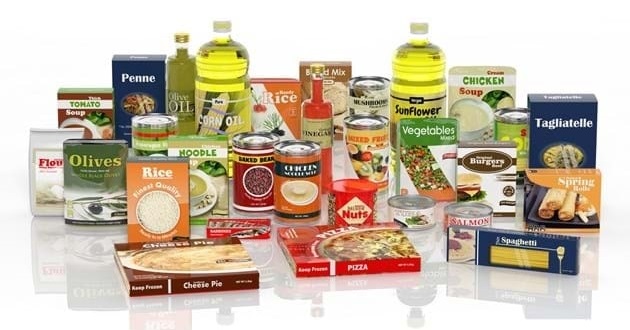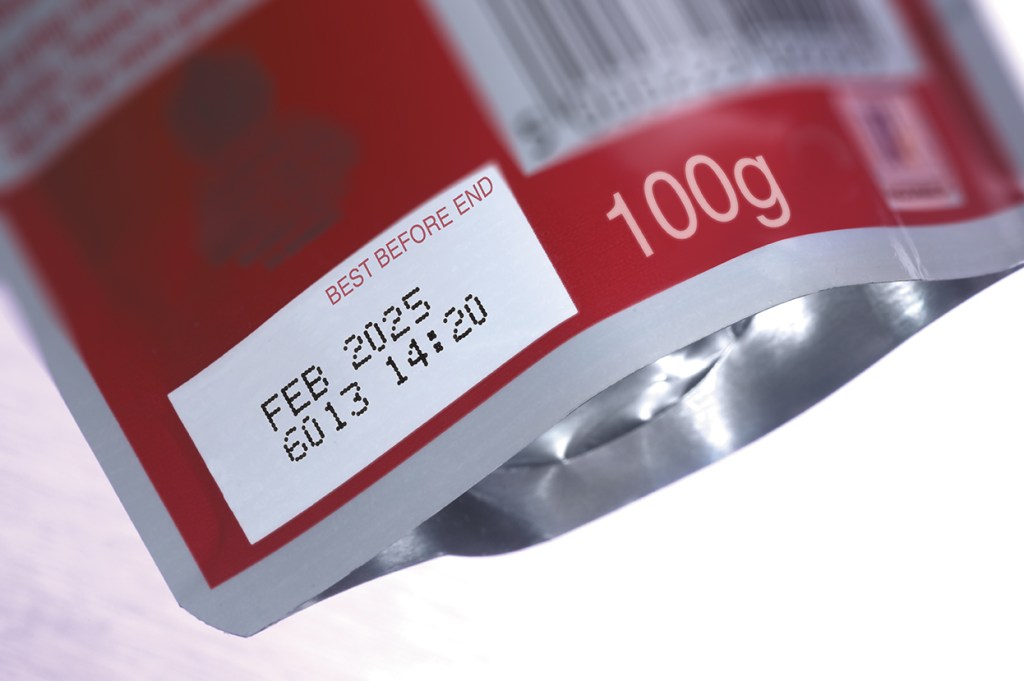You need to think about your ink
We’ve all been there, at the end of the day starving hungry, rushing into a supermarket (remember the good old days!) and picking up something to eat. Consumers may give a cursory glance at the best before date on the package, just to check that the item is safe to eat. They give no thought, and why should they, as to how much research and development has gone into the ink displaying the information on the package.

Advice for food manufacturers
Not so for those responsible for coding and marking in the food industry. They need to understand the complexities and range of ink available in the marketplace and what ink is best for their product both in terms of quality, reliability and budget.
Of course, it’s not just the date code that is printed on food products. By law there needs to be a batch code to identify products that may be subject to a recall, so these traceability codes are just as important. Heavy fines can be imposed if the codes are not up to standard – and the damage to the manufacturer could be extensive.
Linx inks quality & range
So, where do you begin? Well, start by knowing that every batch of Linx ink is quality tested to the highest specifications in accordance with ISO 9001. Whilst there is no one standard ink that is applicable for all uses, there is an extensive choice available for the food industry including inks that are suitable for printing onto food products themselves, such as eggs and cheese. There are also specialist inks for printing on the full range of packaging materials from paper labels and cardboard to plastic packaging and bottles to deliver high quality results.
Inks for retort processes
Linx’s black retort ink is formulated to resist moisture and transference. This ink is ideal for consistent coding through can and pouch retort applications, where the contents are cooked in the packaging after they are coded. Another option for the retort processes in food production is the nifty thermochromic inks. They undergo a chemically resistant colour change when subjected to wet heat conditions, providing a visual indicator that products have undergone the sterilisation process.

Black inks for food manufacturing
Linx’s black inks come with a range of options, from fast-drying and able to withstand temperatures up to 200°C, through to oil-penetrating inks which print effectively through light layers of oil onto plastics, metal, glass and waxy surfaces, or where the code will be exposed to oil later in the process. The inks can provide excellent adhesion on flexible food packaging containers even where a light layer of condensation may be present.
There is also a black alcohol-based ink with low odour and good adherence to a range of substrates including most plastics. This ink is ketone and chromium-free, so it meets USDA requirements for incidental contact with meat and poultry. And to ensure producers meet their environmental goals, Linx also provides an array of eco-friendly MEK-free inks.
Linx inks meet food industry requirements
So, with Linx’s extensive range of specialist inks all certified for CIJ printers, you can rest assured your printing will meet legislative requirements in the food industry. And with online or customer service ordering, you will always have the correct ink in stock for your needs, ready for a seamless changeover.
Want to know how Linx ink can help your business? Contact a member of the Linx Team, they know their ink, and are happy to help.
#foodindustryink #foodprocessingink #foodmanufacturingink #codingandmarking #Linx
